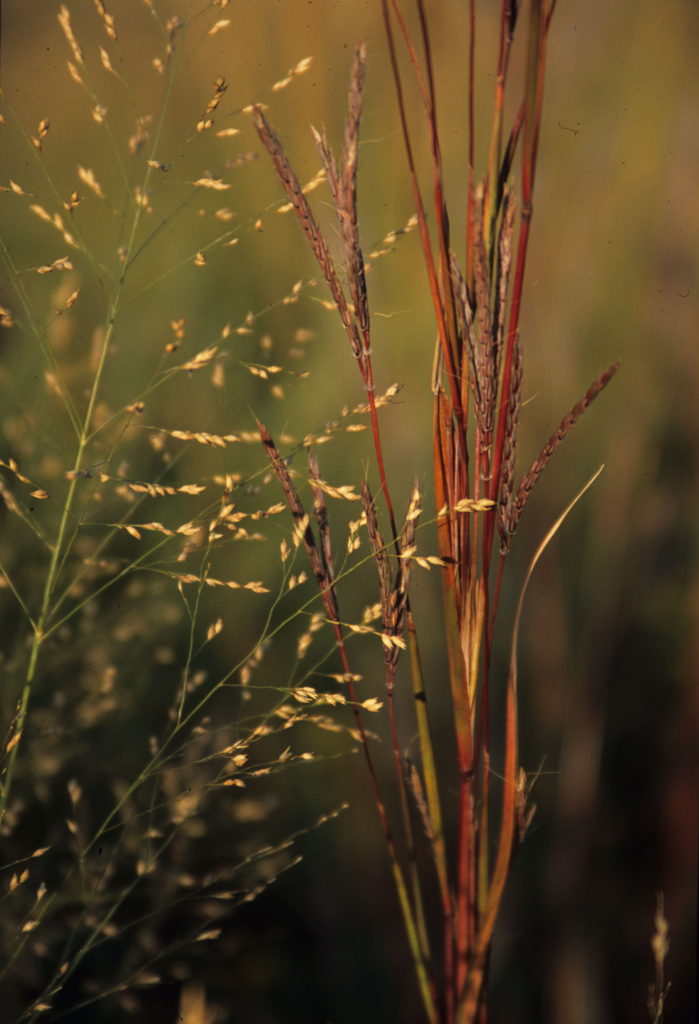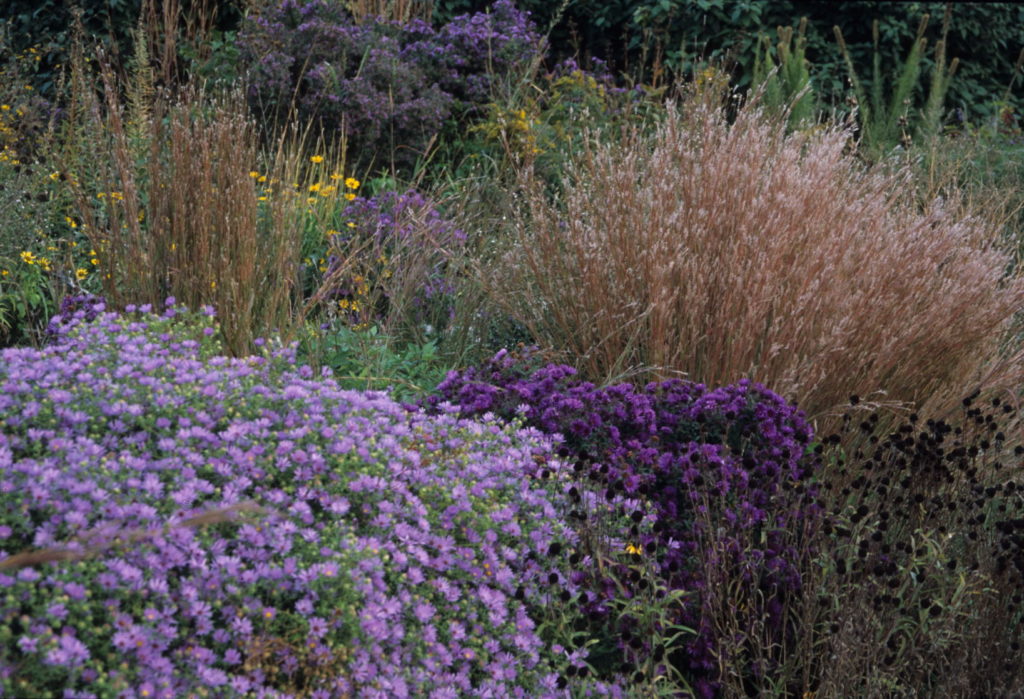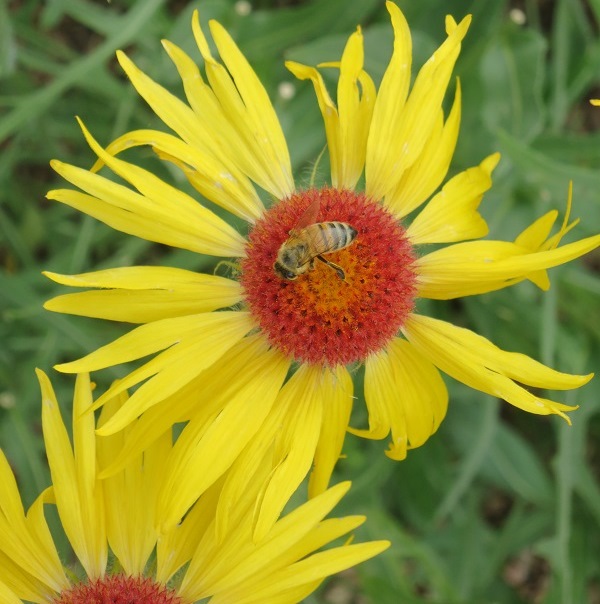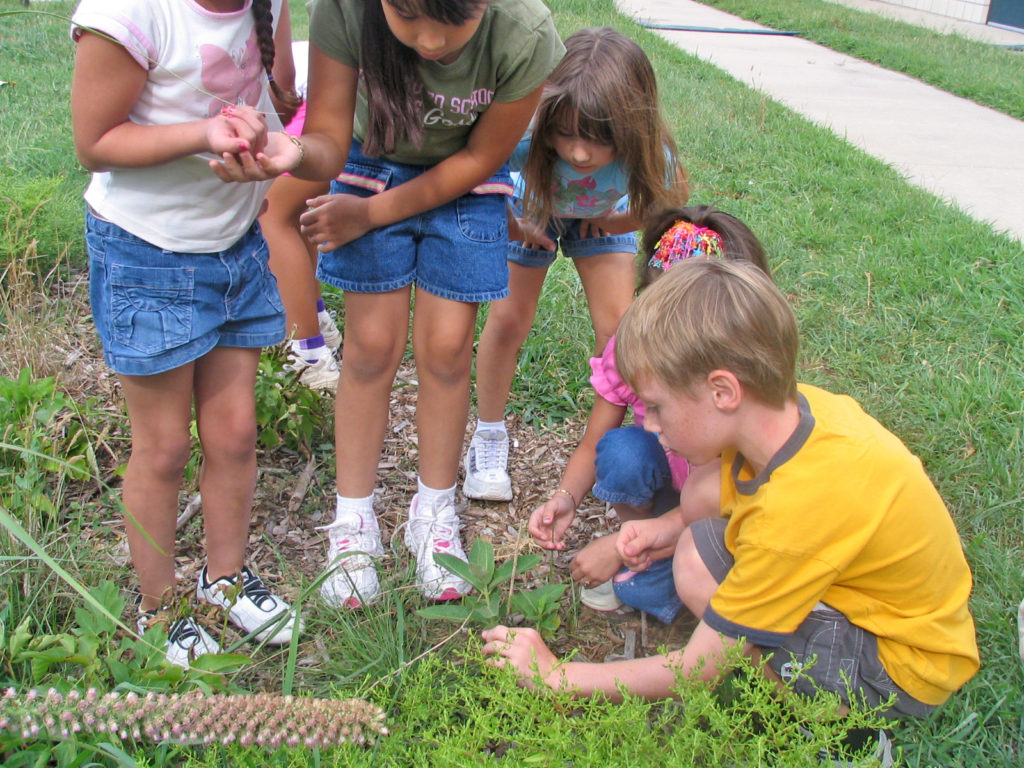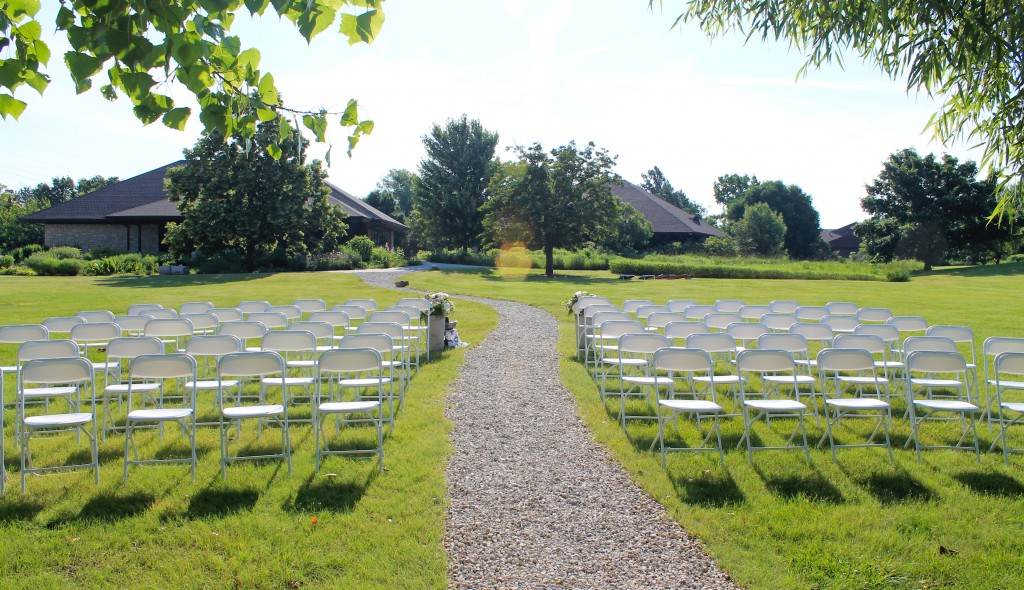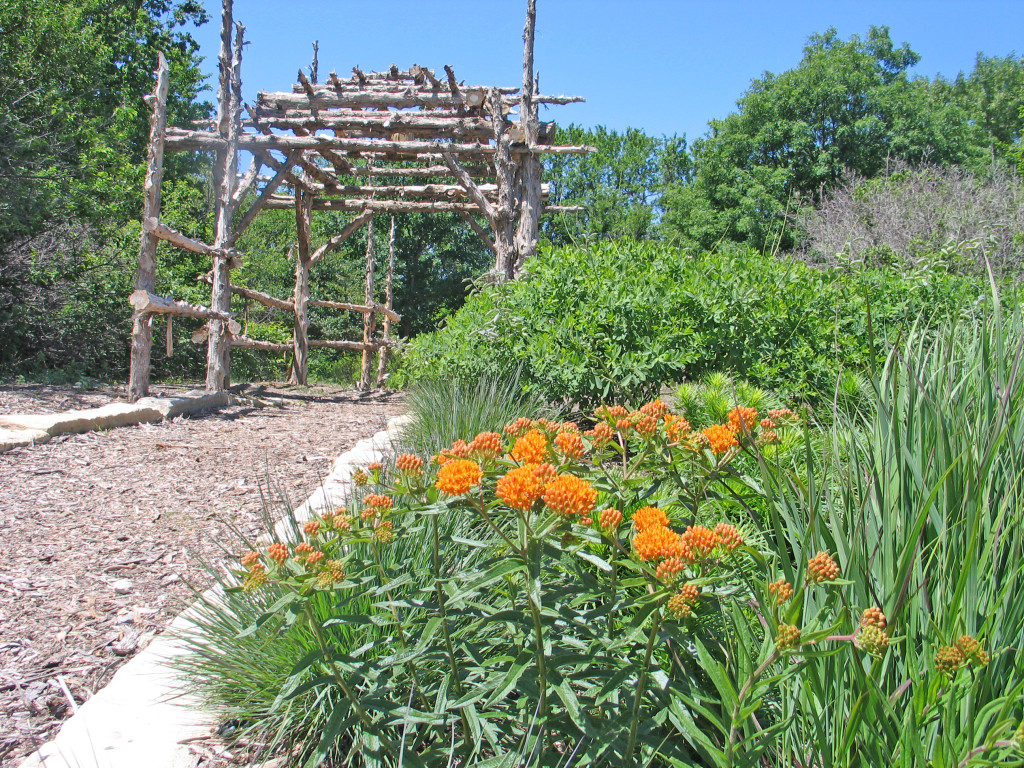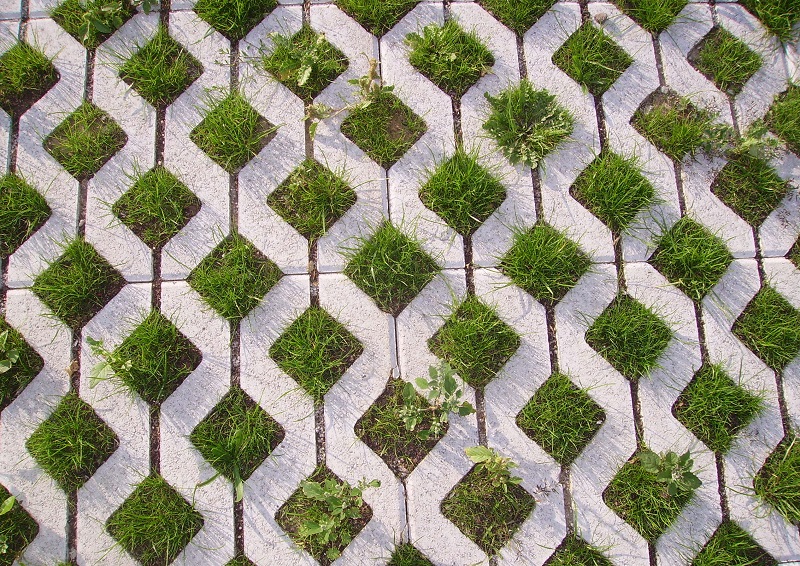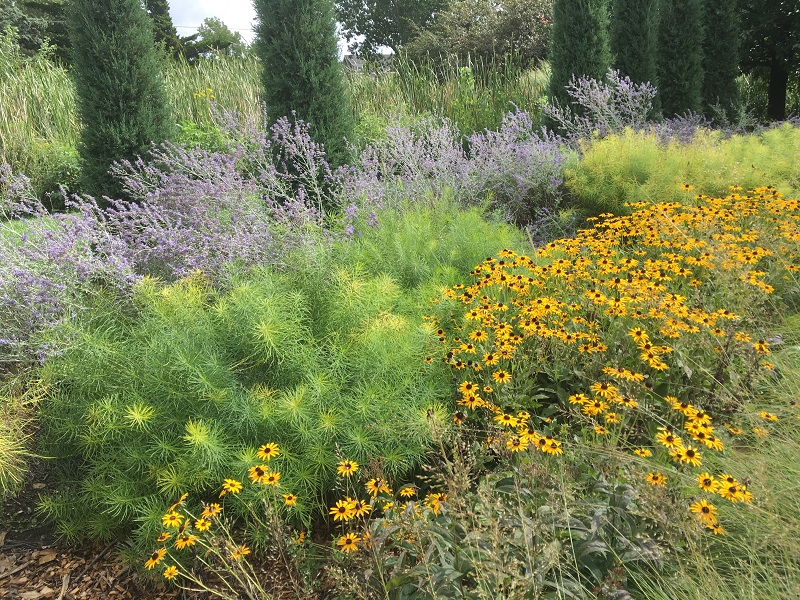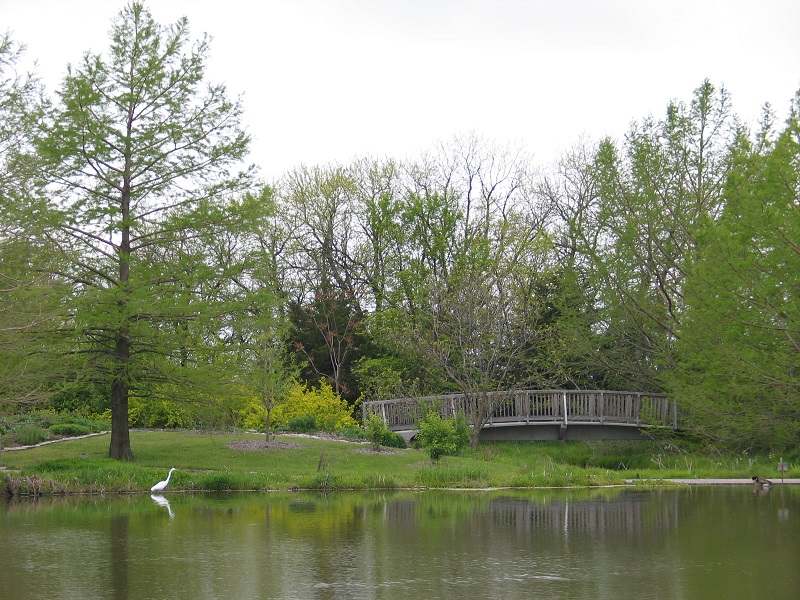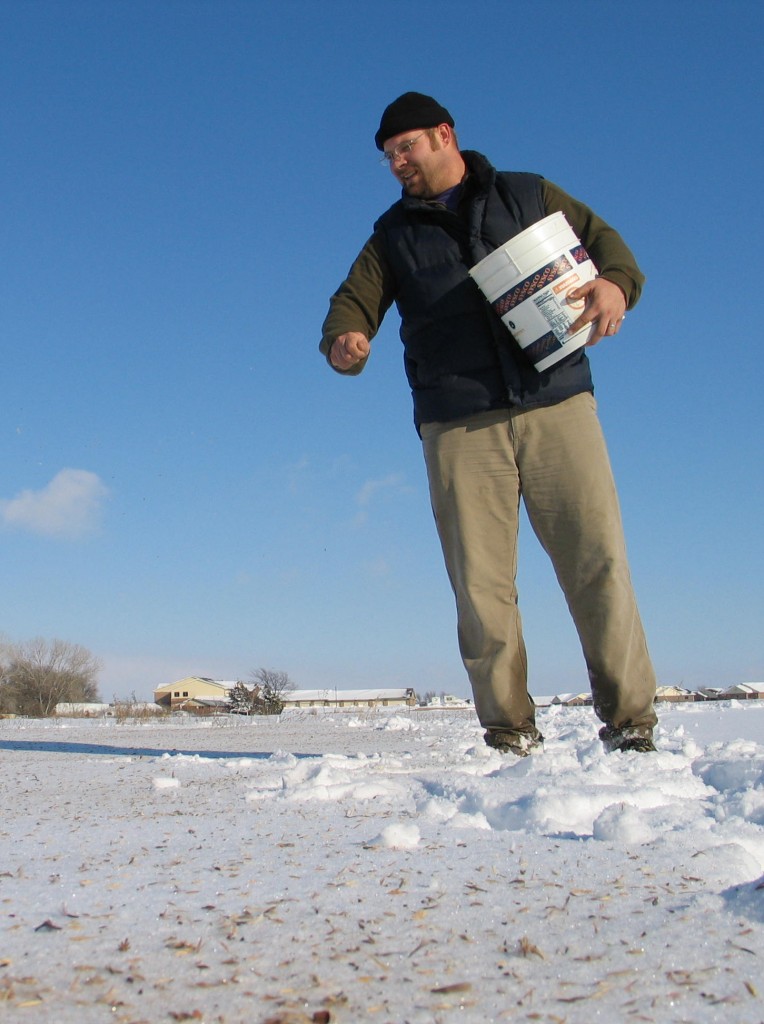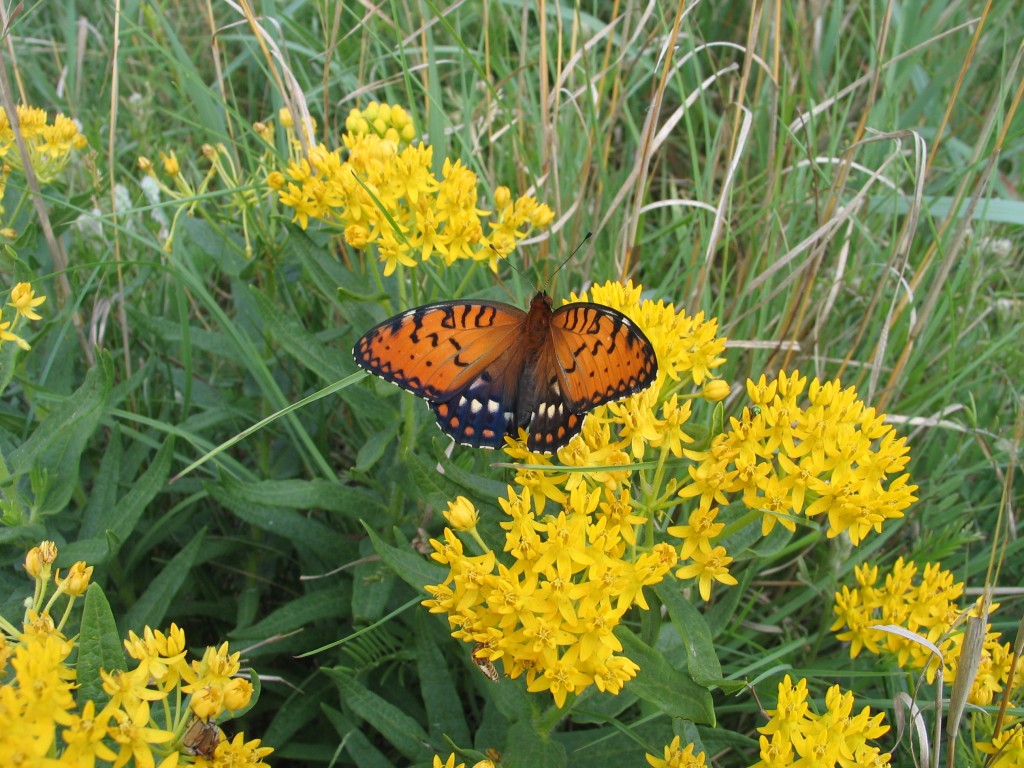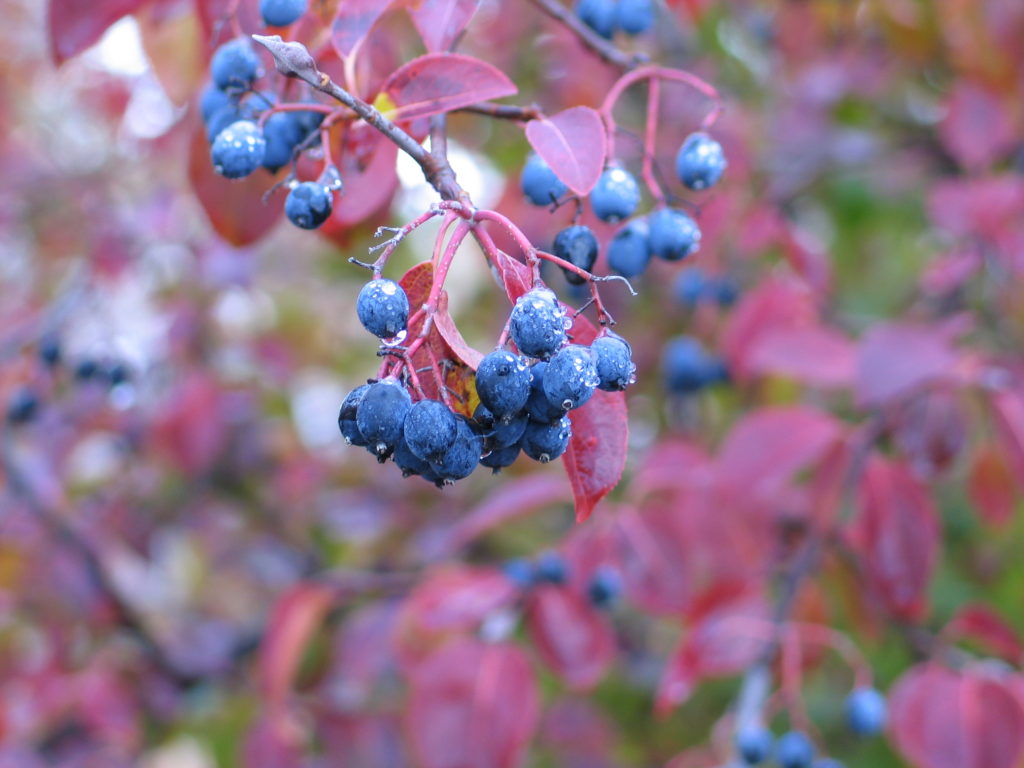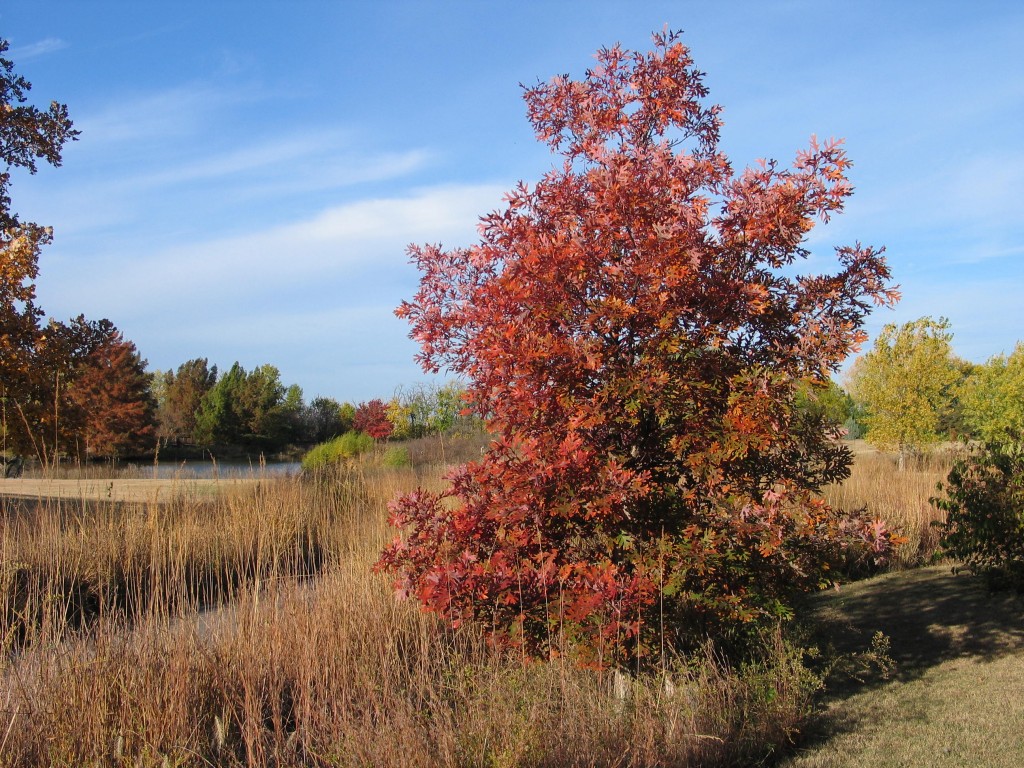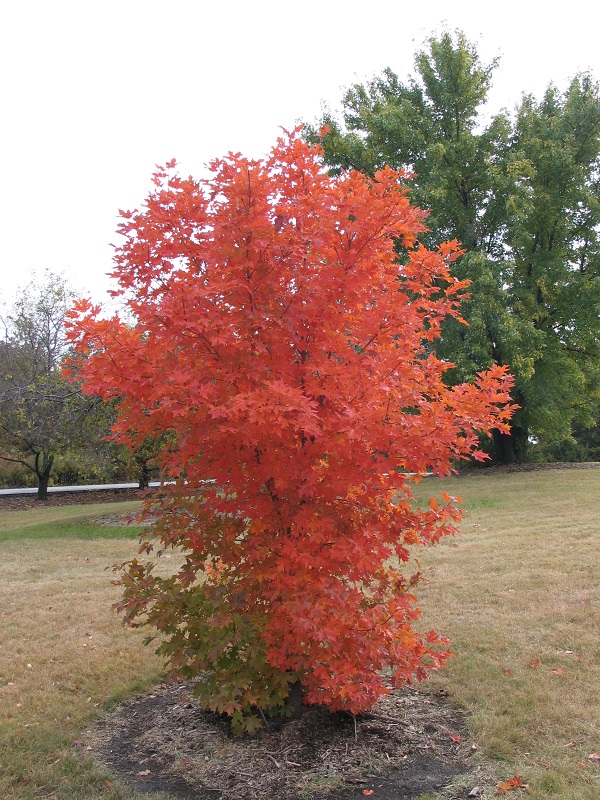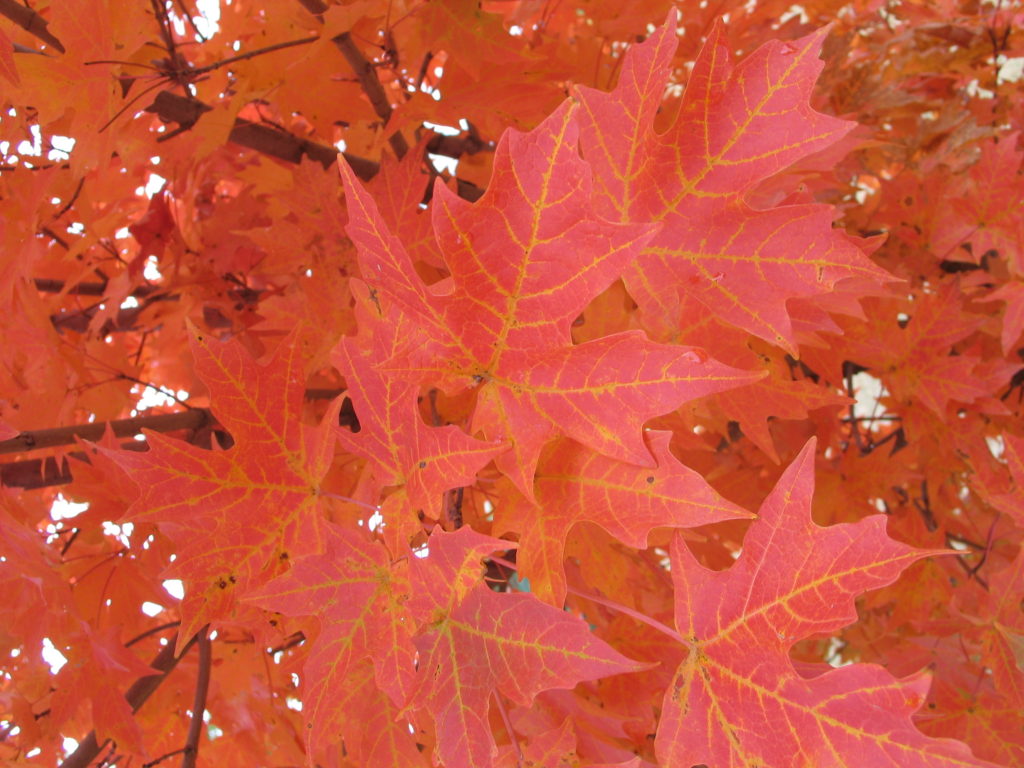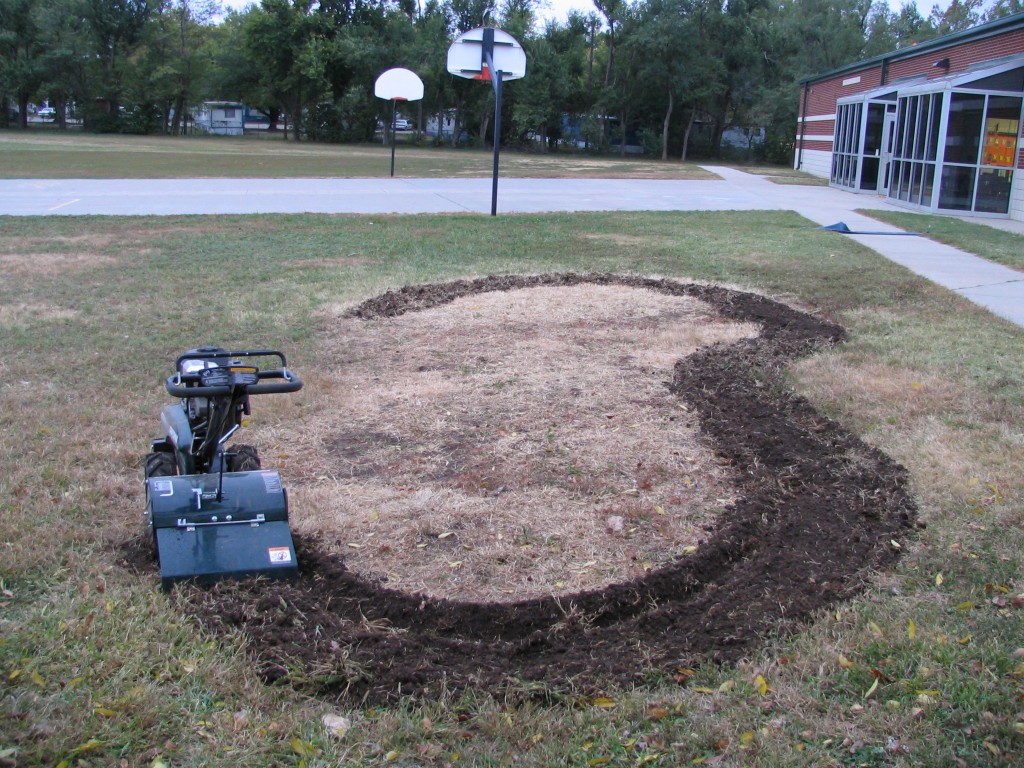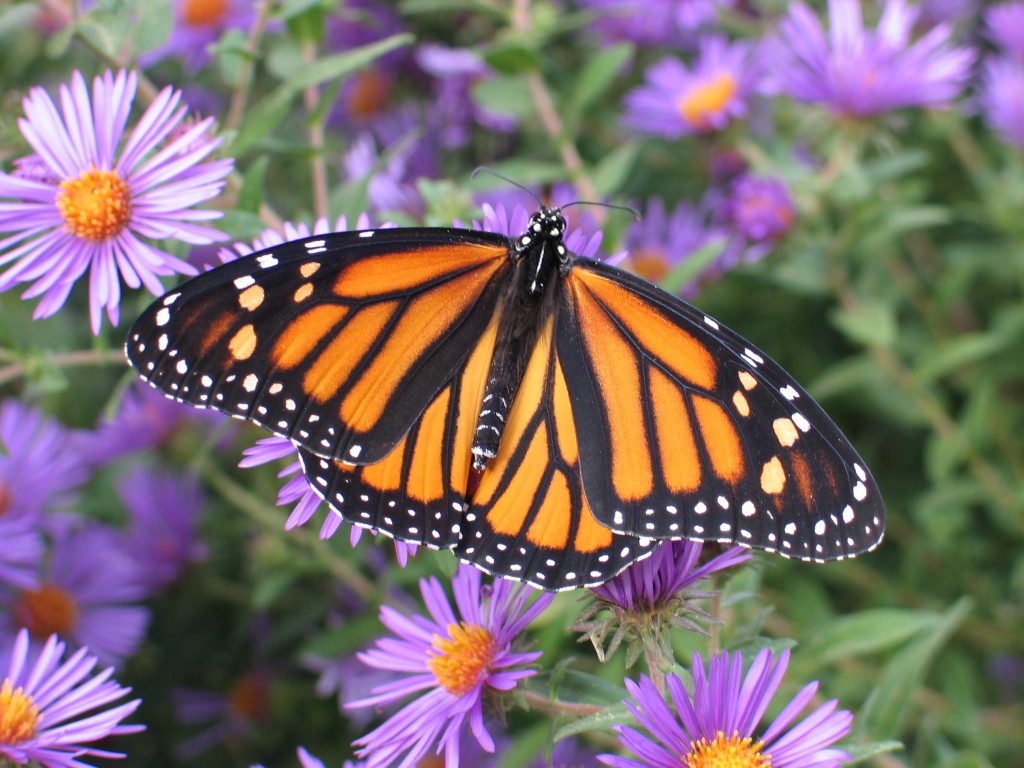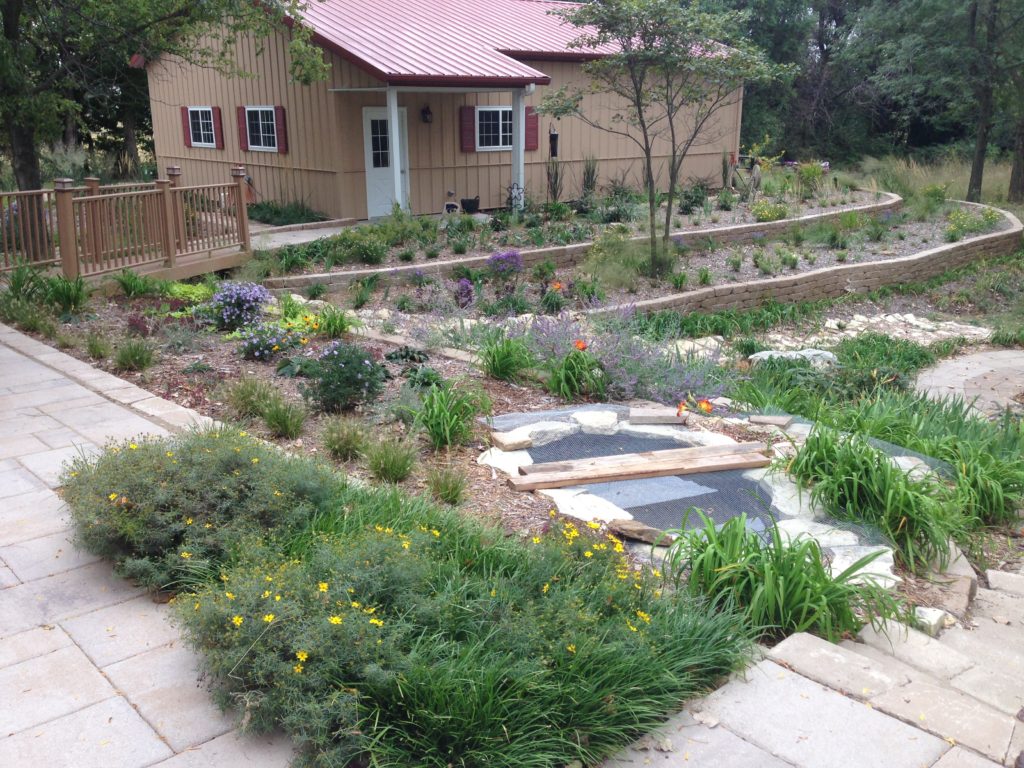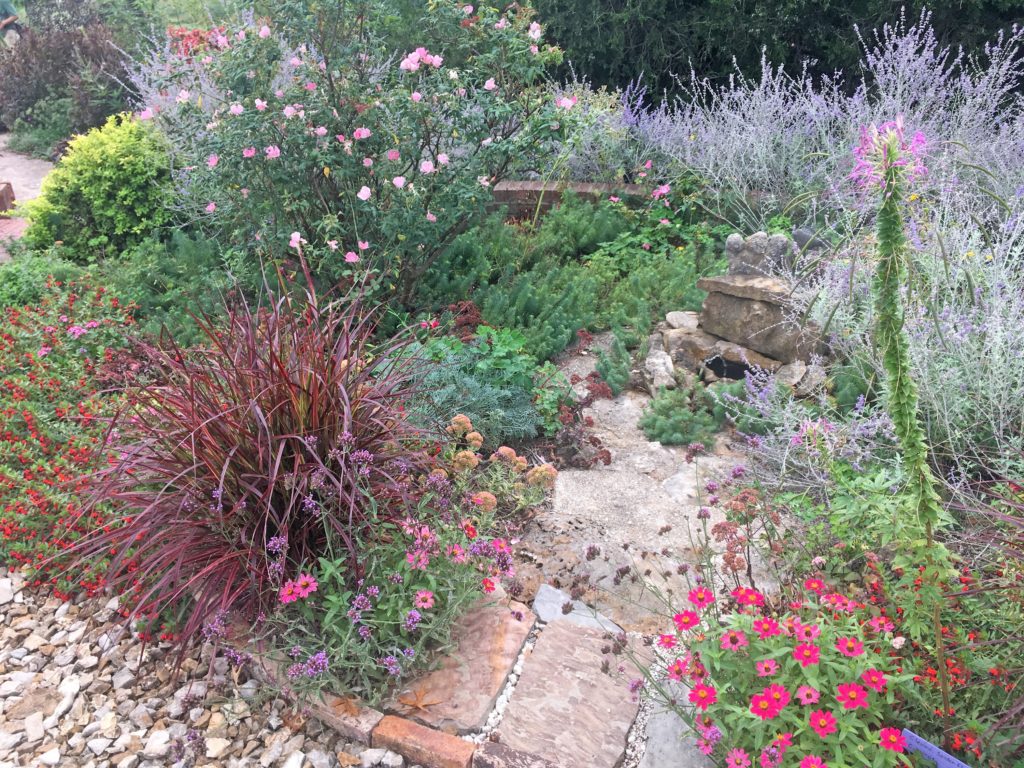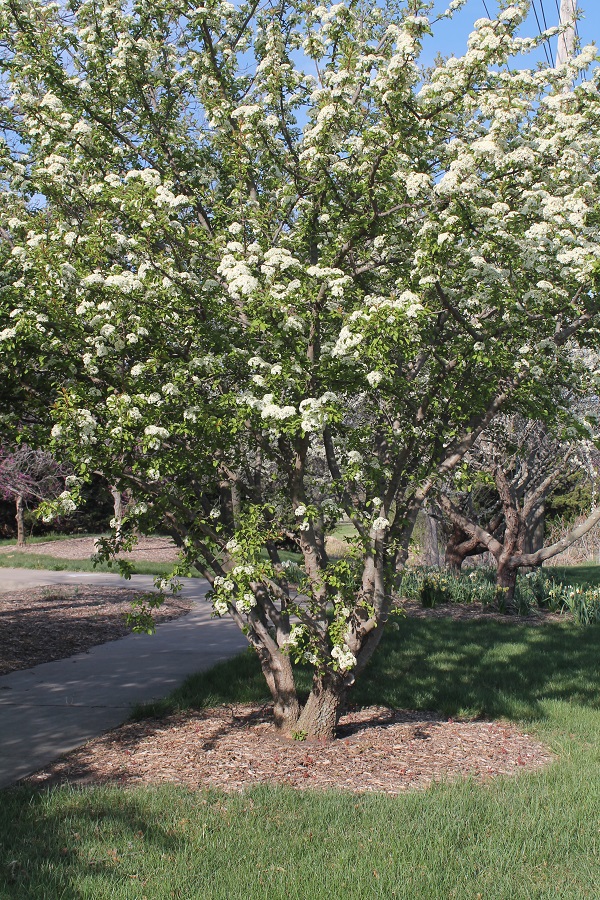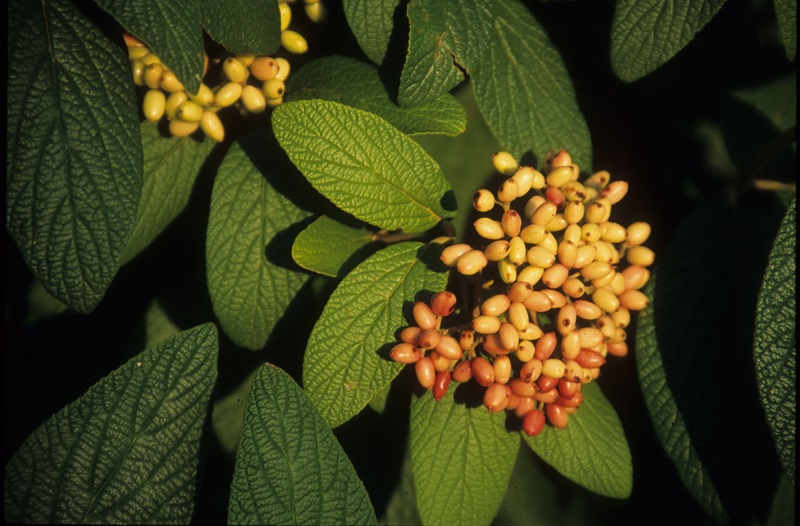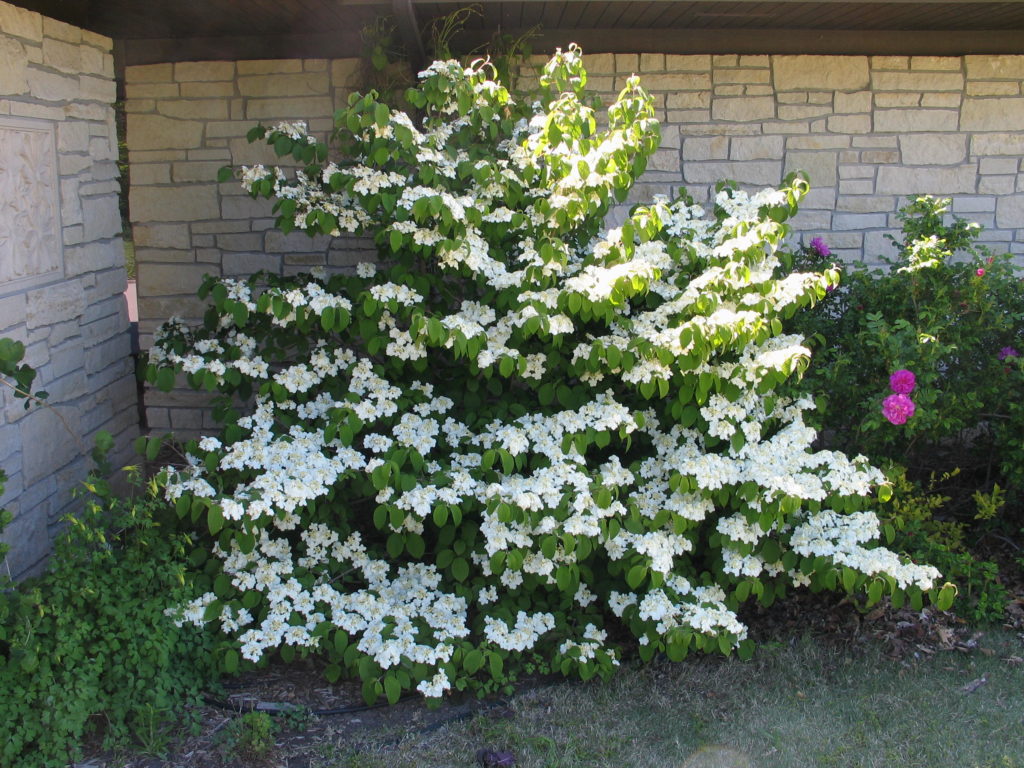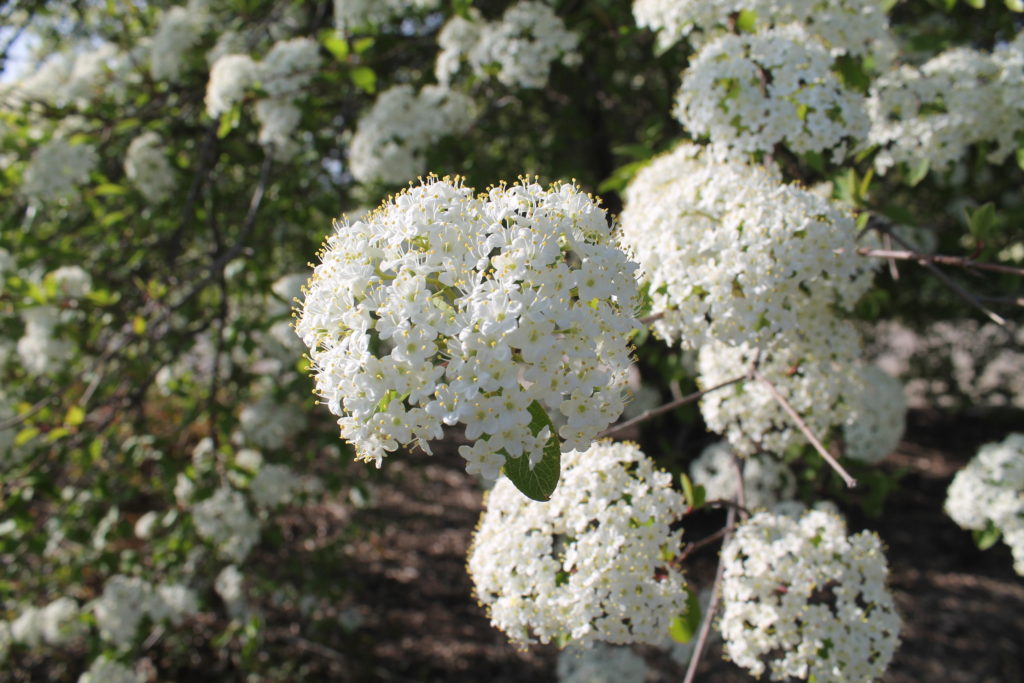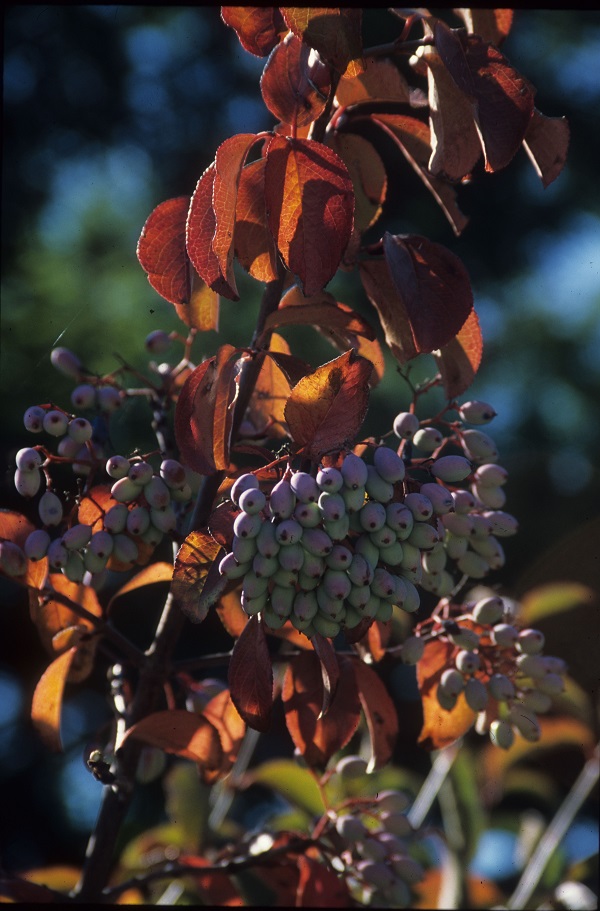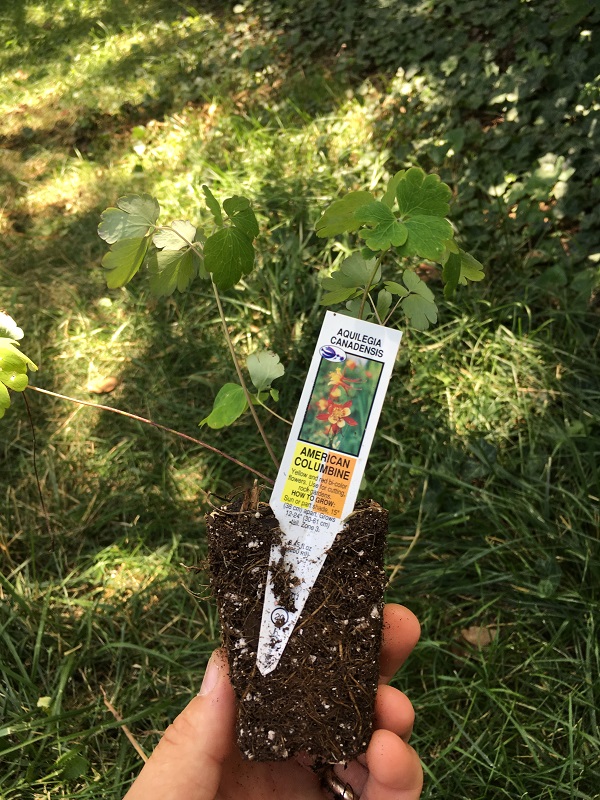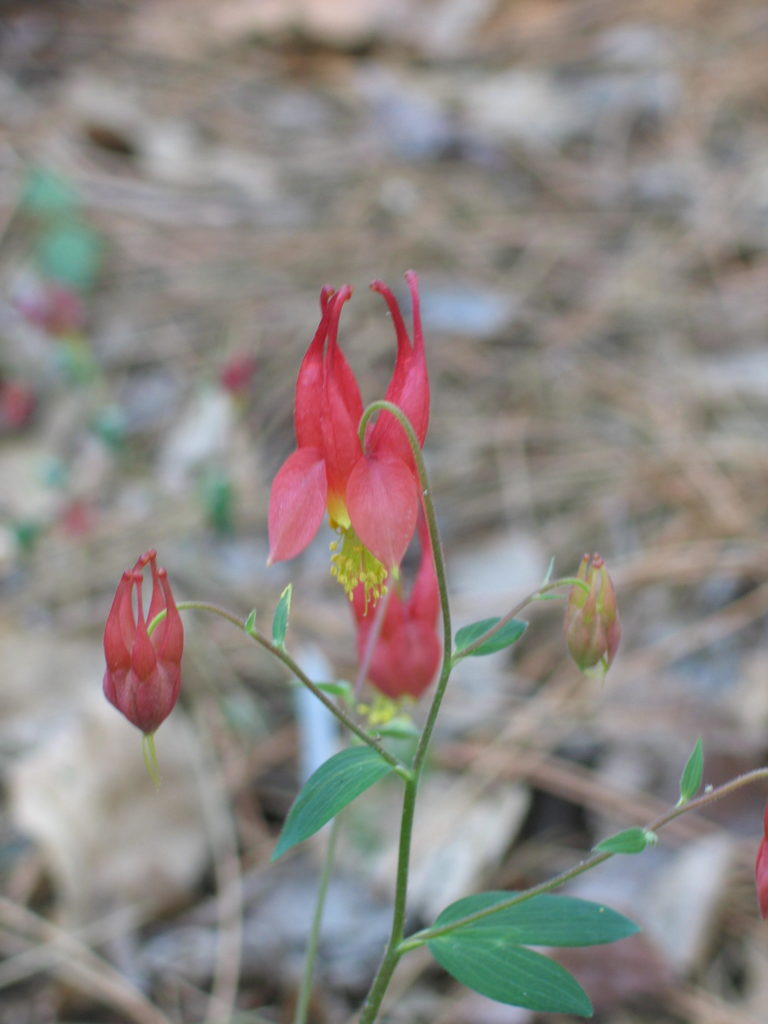One of the more exciting trends in gardening today is the use of grasses, not for lawns, but as ornamental plants. Even though they do not have showy blooms, grasses can add graceful beauty to gardens and landscapes.
With long narrow leaves and upright habit of growth, grasses have a fine texture, which can provide interesting contrast to other plants in flower gardens. They can also be used alone as accent plants in the landscape. Many grasses produce attractive seed clusters and have foliage that changes color at the end of the summer. The dried foliage of grasses can be left standing through the winter, adding movement and texture to the landscape when garden flowers are dormant and tree branches bare.
Many of the grasses being used in landscaping today have their origins in Asia and Europe. There are a number of different grasses from our prairies, however, that also make excellent ornamental plants. These native grasses possess the added advantage of being well adapted to our soil and climate.
Big bluestem, indiangrass and switchgrass are three tallgrass prairie species that make attractive plants in the garden or landscape. Growing 4-6 feet in height, they can be used in flower beds and borders as screens and as accent plants. Switchgrass is the most common of these added to landscape designs because of cultivars like ‘Northwind’, ‘Cheyenne Sky’ and ‘Totem Pole’, which offer consistent height and color year after year.
Like the leaves of certain trees, the foliage of these grasses also changes color with the onset of fall. Big bluestem is particularly noted for its reddish fall color. Each of these species also produce distinctive seed clusters that add interest to the plant toward the end of the growing season. The seed clusters are shaped like a turkey’s foot. Indiangrass produce attractive golden plumes. Switchgrass seed cluster are open and feathery.
Sand lovegrass is another attractive taller species. It grows 3-4 feet tall and is found in sandy prairie areas. It produces graceful arching foliage and open, airy seed heads.
Although found throughout much of the Great Plains, little bluestem and sideoats grama are two grasses that are particularly characteristic of the mixed grass prairie region of central Kansas. Both make beautiful additions to gardens and landscapes.
Little bluestem is a fine-textured, clump-forming grass that grows 2-3 feet tall. Its landscape value is enhanced by its attractive reddish coloration late in the growing season. There are several selections that offer nice winter coloration and sturdy habit.
Sideoats grama is of similar height. The most ornamental attribute of this grass is its beautiful seed clusters. The seeds hang gracefully from one side of the seed stalk, giving the plant a windswept look, even when the air is still. The Sioux Indians called this plant “banner-waving-in-the-wind grass.”
Prairie Dropseed is a favorite of mine because it is long-lived and tough. It is so tough, that they are often planted in mass in street medians. The fine textured leaves and airy, fragrant panicles are a nice addition to any landscape. Each clump can reach 12-18 inches wide and up to 24 inches tall. The entire plant turns shades of orange and yellow in the fall, providing multiple seasons of interest. It is great in a border, as a groundcover, in an informal prairie setting or as an accent to other short or mid-range perennials.
For people who live in prairie country, it may be easy to take our native grasses for granted. Yet these plants with their simple form and subtle beauty, can make attractive additions to the home landscape.




